A number of years ago, a man named Philip had an encounter with an official from Africa. After Philip shared the gospel with him, the official believed and desired to be baptized. The two men came to the only body of water at their disposal—presumably a stream or pond—and the official was baptized in front of an audience of One.
In twenty-first-century America, baptisms often look quite different. Although the outward symbol of faith is the same, many of us are submerged in a baptistry situated at the front of our church, maybe even in heated water.
But in many places around the world, people are baptized under the same circumstances as the Ethiopian eunuch in Acts 8—in whatever water is available and in front of only a handful of people. Some do so in relative secrecy to avoid persecution by governments or their community.
Though our baptisms have great differences, the same God is glorified by the visible reminder that someone has gone from death to life and now lives in a restored relationship with him. Let’s take a look at baptisms around the world and praise God for what he has accomplished.
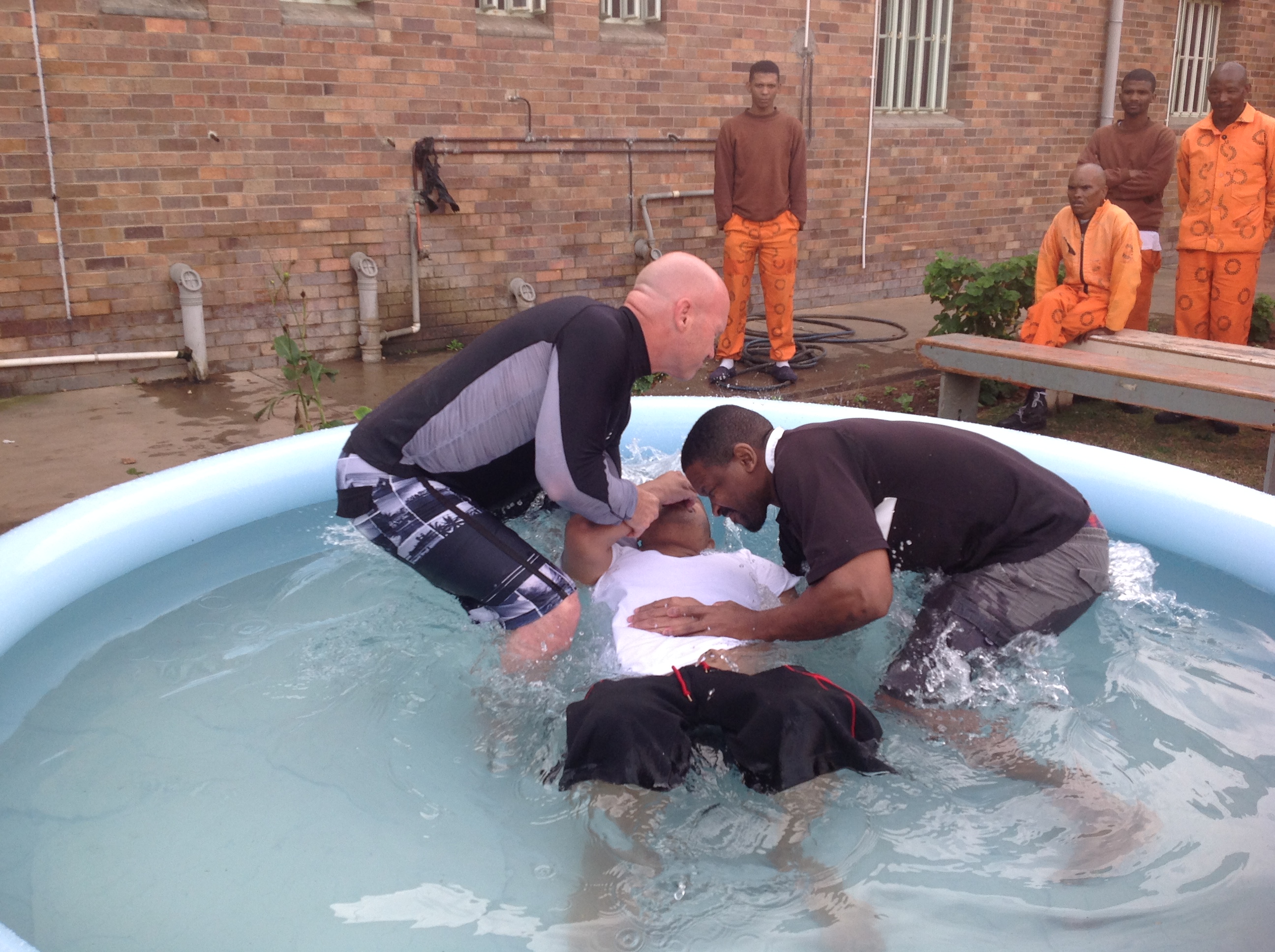
Photo by Su.*
The Kirkwood Prison in Port Elizabeth, South Africa, doesn’t have a tank suitable for baptizing inmates who come to faith. That doesn’t stop IMB missionary Helmer Jenson and his South African national partner, who are involved in a prison ministry through a local church, from helping inmates follow Christ’s example of baptism. They bring a deflated pool to the prison a week prior and leave it with the prison chaplain. On the morning of the baptism, inmate leaders are given permission to inflate the pool and fill it with water in the prison yard. The yard is lined with cell windows, so the baptisms are a very public testimony of the man’s choice to follow Jesus.
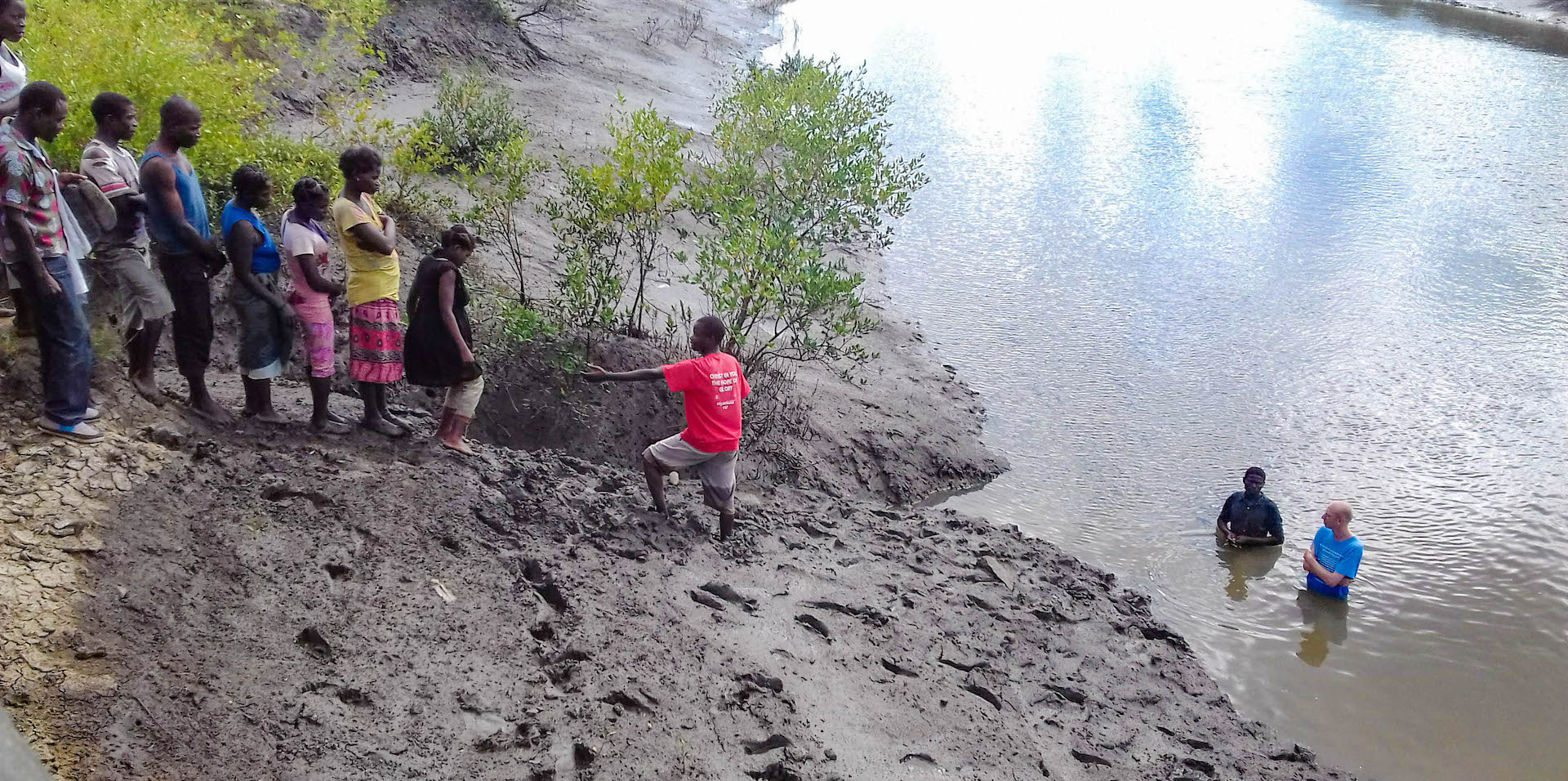
Photo by Wanne Dina.
On the outskirts of a seaport neighborhood in Quelimane, Mozambique, a church leader helps people gathered to be baptized make their way down the muddy shore to a local pastor and IMB missionary Matthew Stauffer in the water. The church has grown quickly in recent years and desires to see the entire neighborhood soon baptized in these waters.
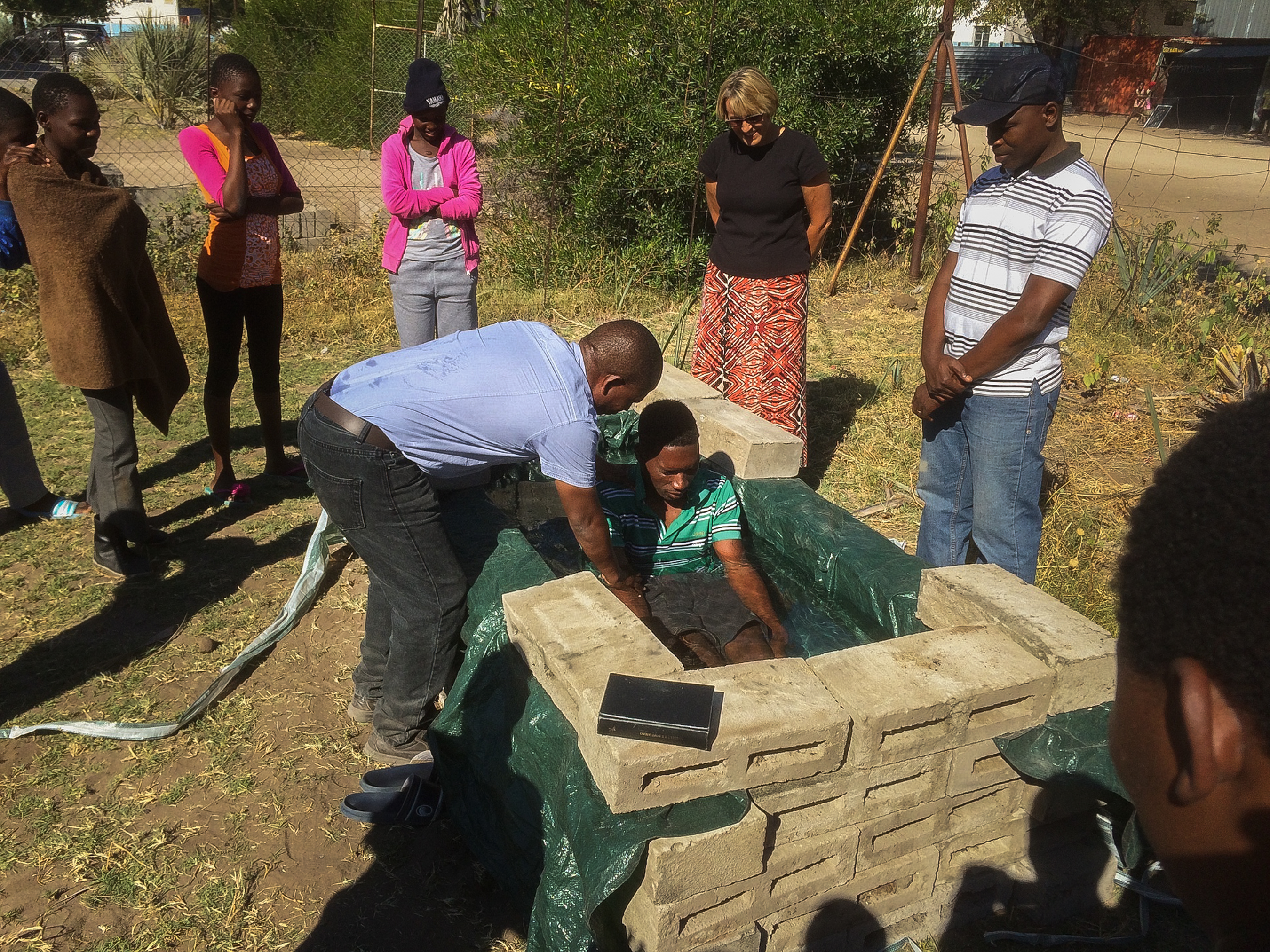
Photo by Tim Shaw.
When IMB missionaries Tim and Lee Shaw hosted volunteers from their home church in Georgia, they all decided to go to the village of Etsha in northern Botswana to evangelize among an unreached people. Three people came to faith and two were baptized. The only available body of water was swarming with crocodiles, so the Shaws had to come up with another plan. They found some cinderblocks and a tarp, built a makeshift tank, and baptized the two new Christians.
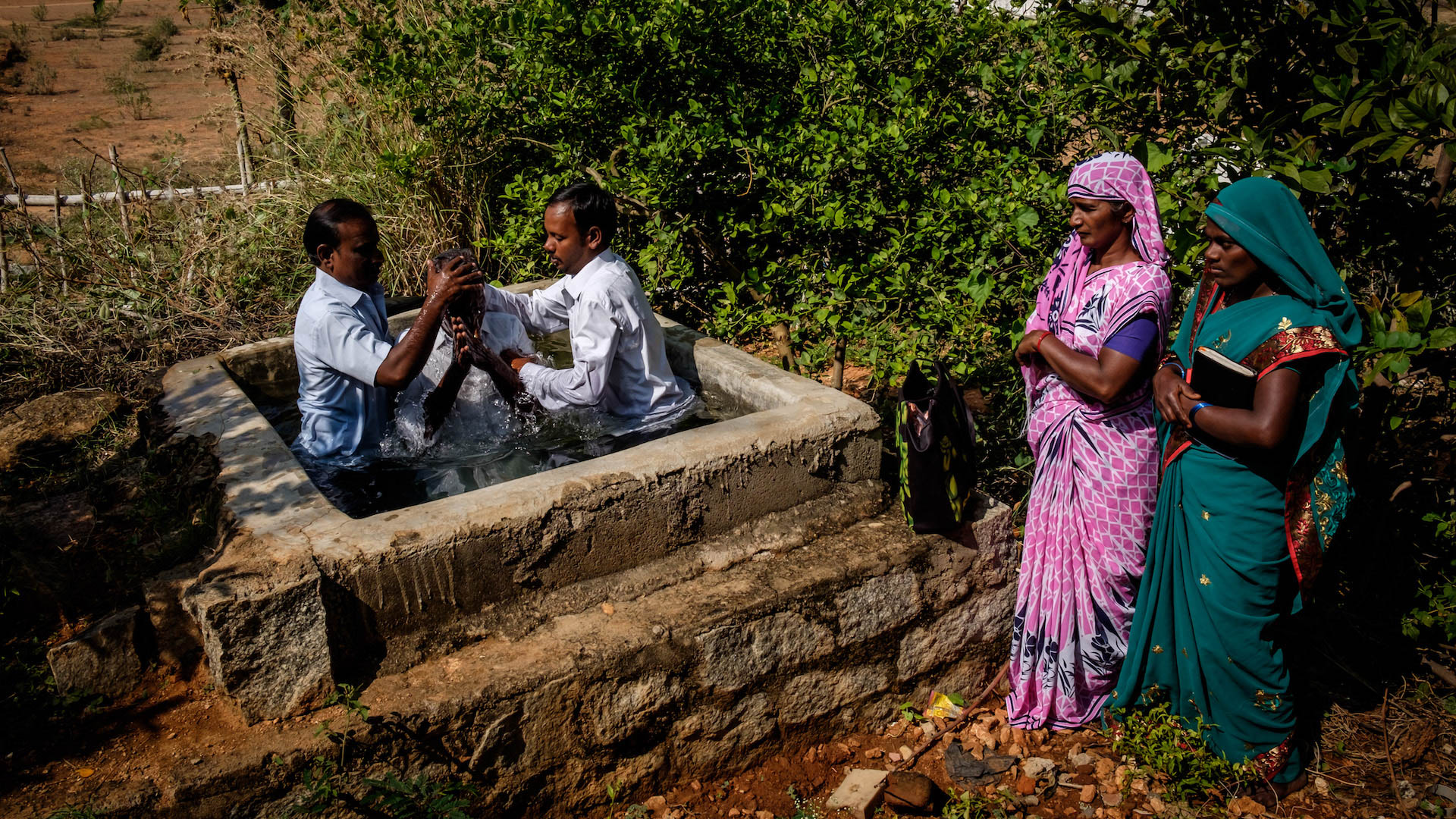
Photo by Hugh Johnson.
A local pastor and church elders in South Asia baptize new believers in a well outside a small rural church. New Christians in this country often ask to be baptized early in the morning and in less populated locations. Although it’s not illegal to be a Christian here, the country’s anti-conversion laws lead to intense scrutiny of existing Christians and new believers if a baptism has occurred.
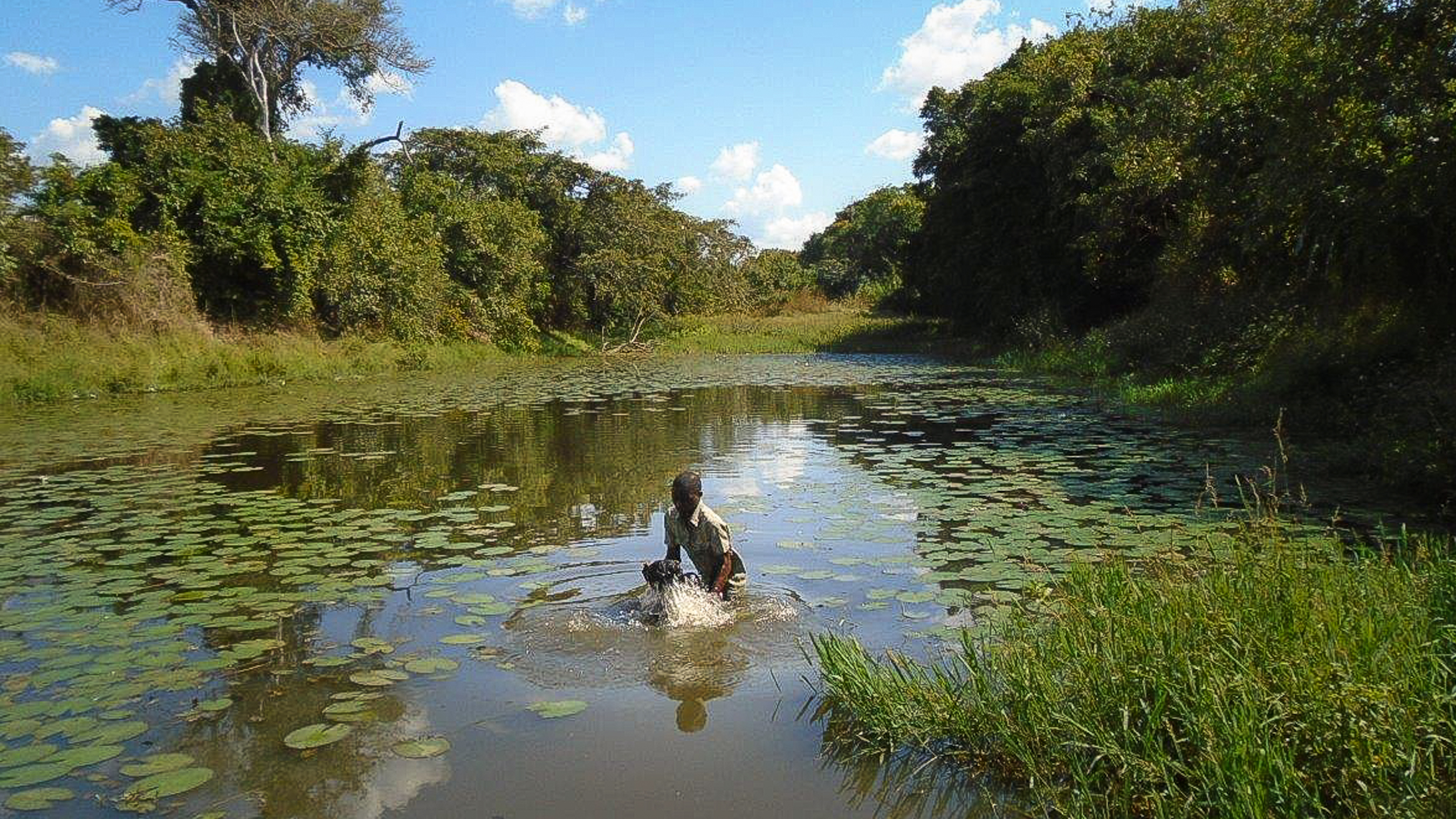
Photo by John Dina.
An IMB team in Mozambique incorporates the installation of fresh-water wells in their church planting efforts. One day, when they were working to install a well, they shared the gospel with a man who came to observe them. The man believed, so they brought him to the static waters of a nearby pond where he was baptized by a Mozambican pastor.
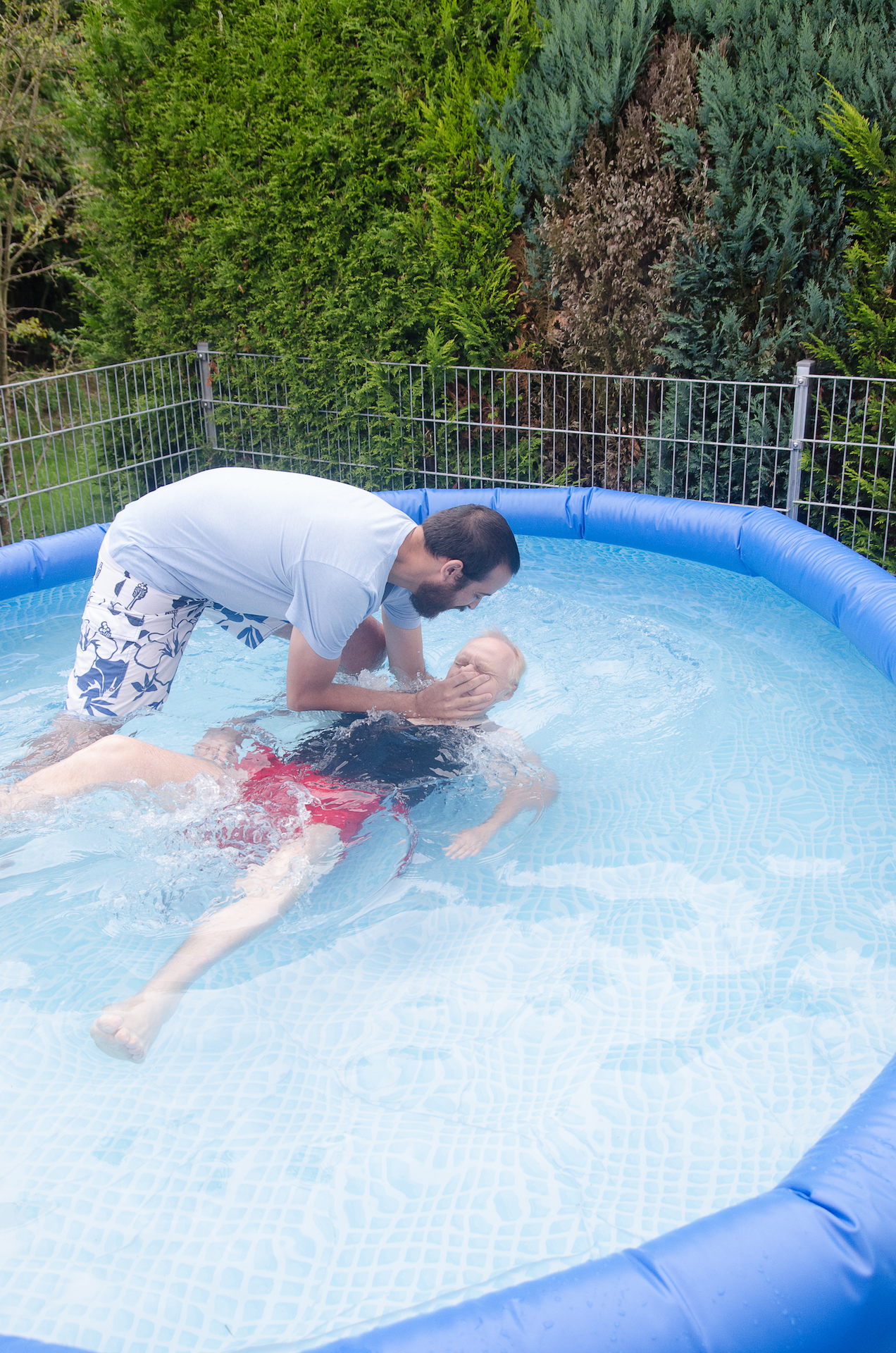
Photo by Katlyn Pedroza.
In Germany, not every church has a baptistry, and some churches do not meet in traditional church buildings. Believers’ baptisms can take place in various locations—in the church, at a lake or at the ocean, in swimming pools and even in bathtubs. The baptism service is not simply an add-on event to the Sunday morning church service. The entire service revolves around the individual or individuals getting baptized.
After sharing his testimony of how he came to faith with this family and with the members of his house church, an older man on a hot summer’s day in Germany took a step of obedience by participating in baptism in a backyard pool. He had heard the gospel a number of times during weekly house church meetings before he finally put his trust in Jesus.
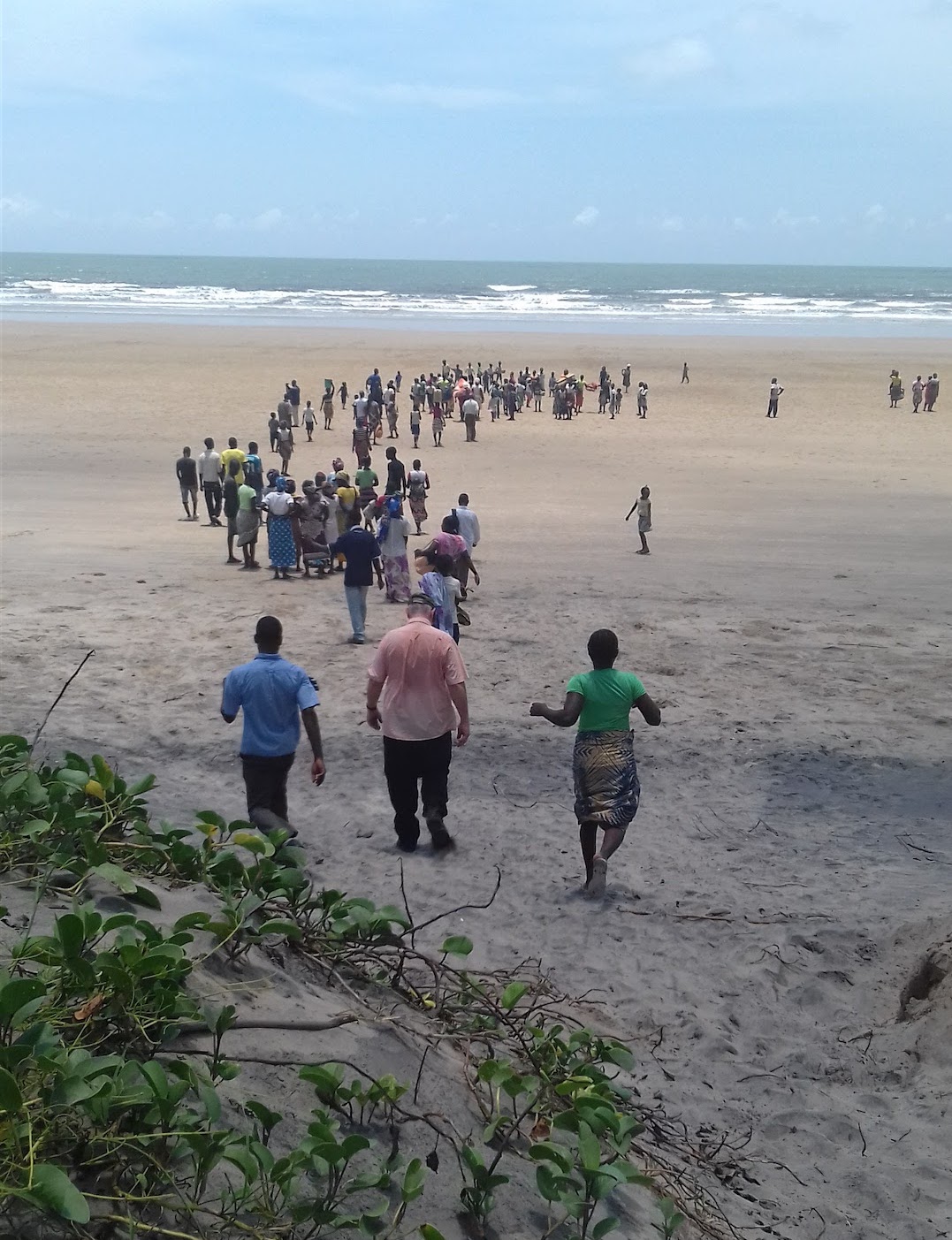
Photo by Wanne Dina.
A church in a tiny fishing village in Mozambique was started in 2010 by Jeremiah Johnson, a short-term IMB missionary who died in a motorcycle accident on the field in April of that year. At the time of Johnson’s death, the church had only a few Christians. Nine years later, the church has grown tremendously and baptizes new believers off the shores of the village.
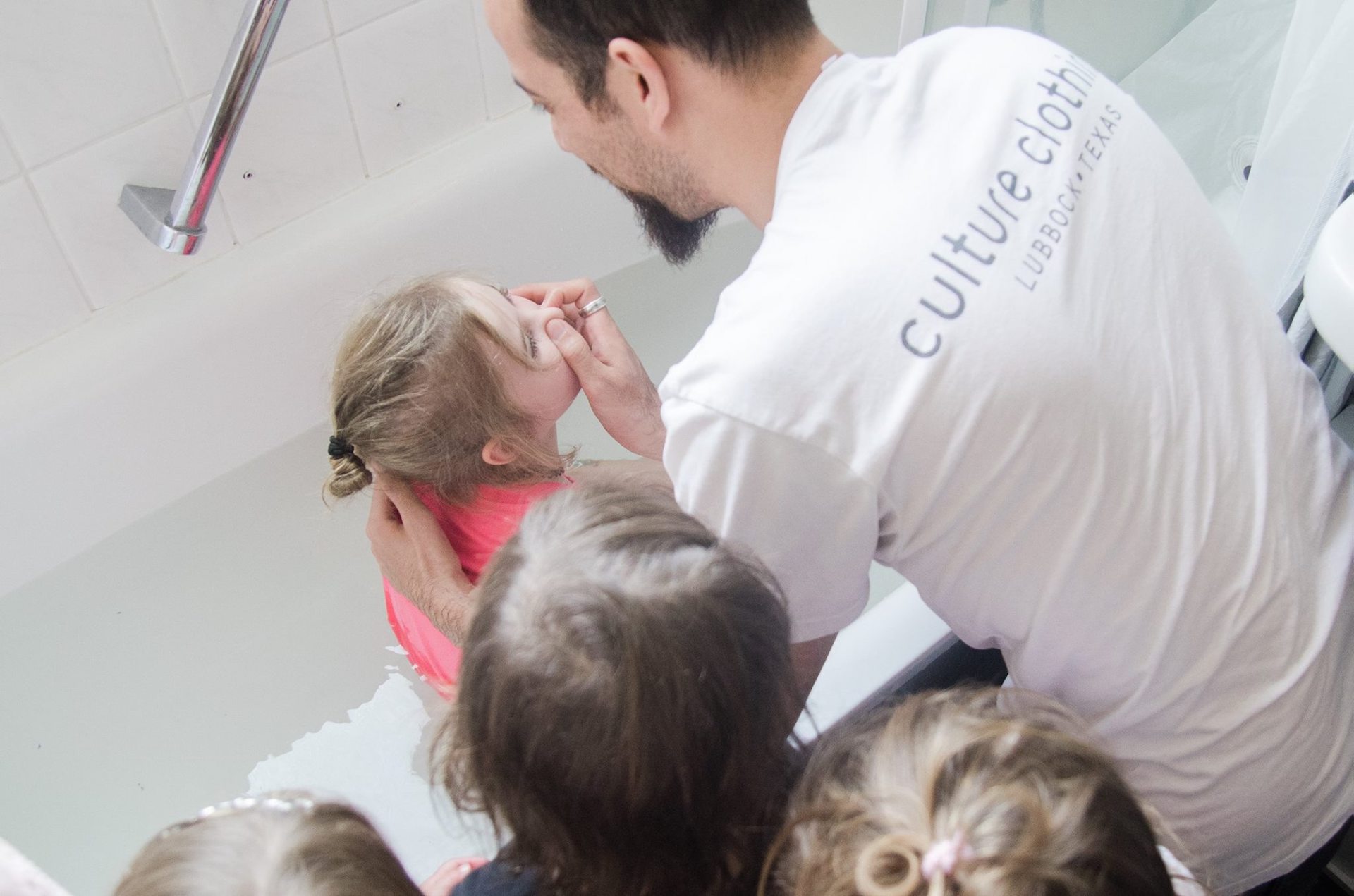
Photo by Katlyn Pedroza.
“I have decided to follow Jesus, and now I want to be baptized,” said a missionary’s daughter, whose family lives in Germany. Her parents asked her if she wanted to wait until they were back in the States, but she said, “No, I want to be baptized at our house during church next week. Two other people were baptized at our house in the bathtub; why can’t I be too?” After sharing her testimony with the group of believers and with her non-believing friends that she invited to be a part of her baptism celebration, her father baptized her in the bathtub of their apartment.
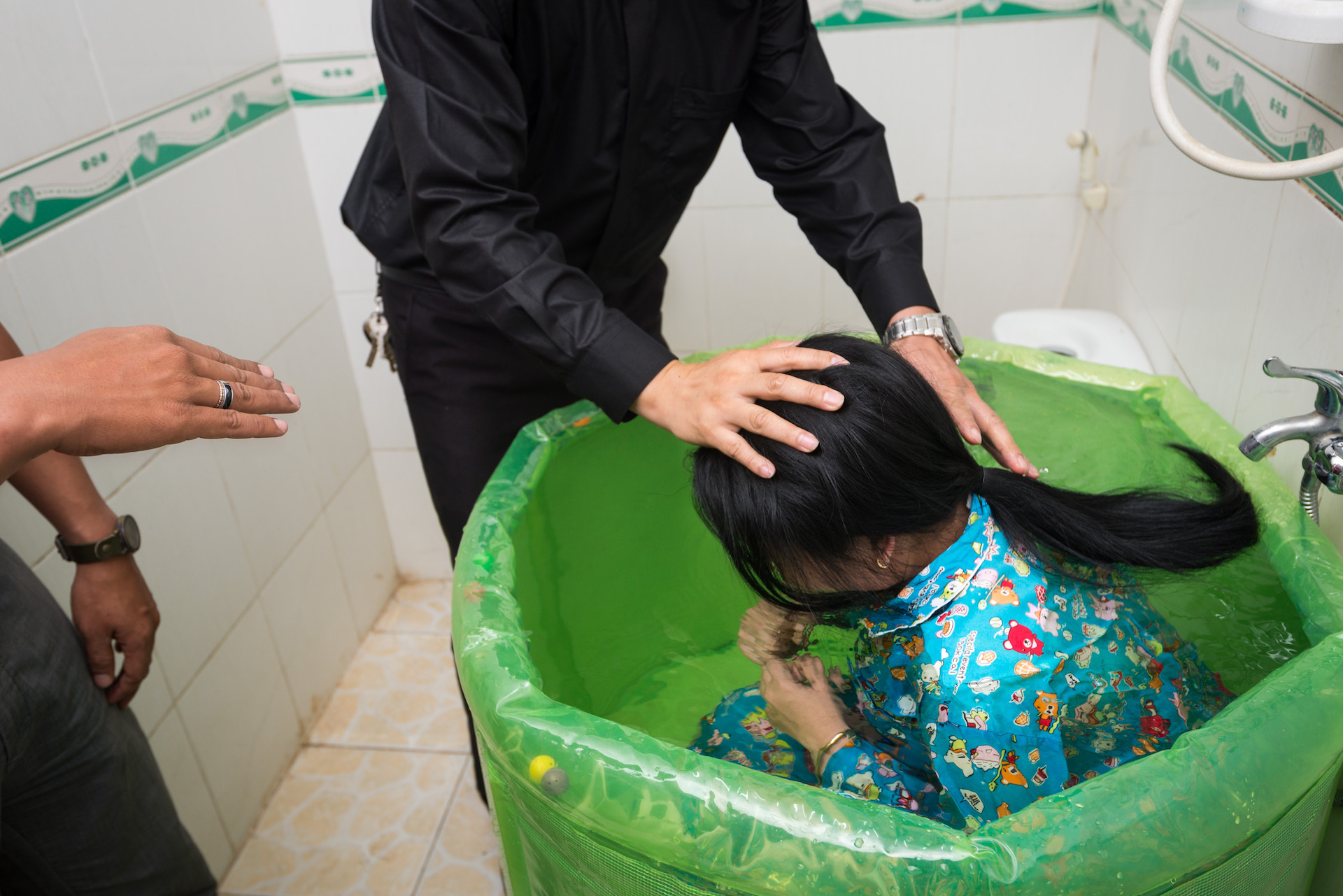
Photo by Luke In.
After a young woman in Cambodia decided to follow Jesus, the missionary from East Asia who led her to faith arranged for her baptism. He found an inflatable water tank—meant to entertain kids on a hot day—and placed it in a bathroom where she was baptized.
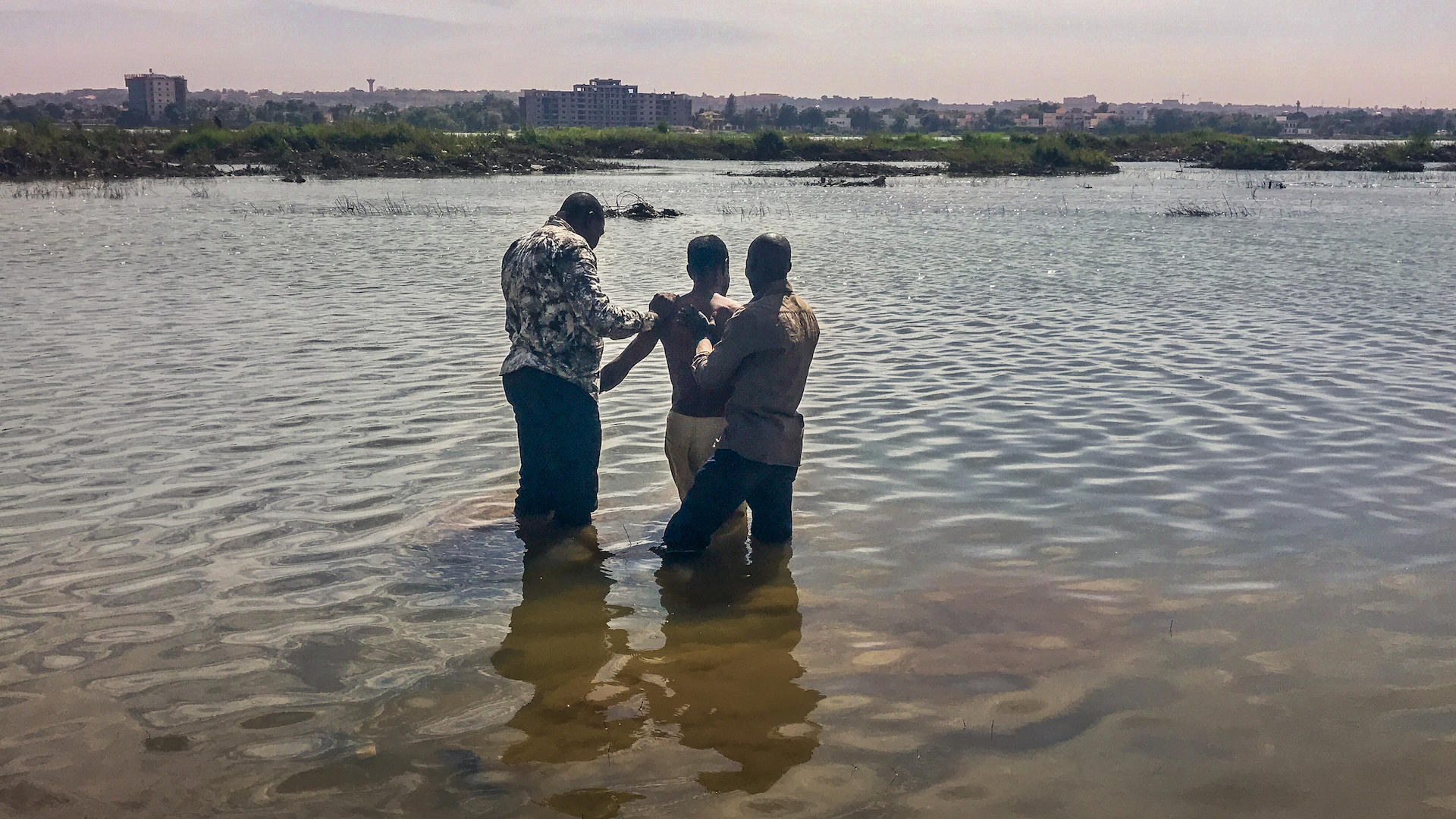
Photo by Jo Schultz.
After a year of IMB missionaries and their national partners sharing the gospel in a rural West African town, the national partners finally saw two men come to Christ. They took the men to a nearby river that runs along the outskirts of town and baptized them in the name of the Father, the Son and the Holy Spirit.
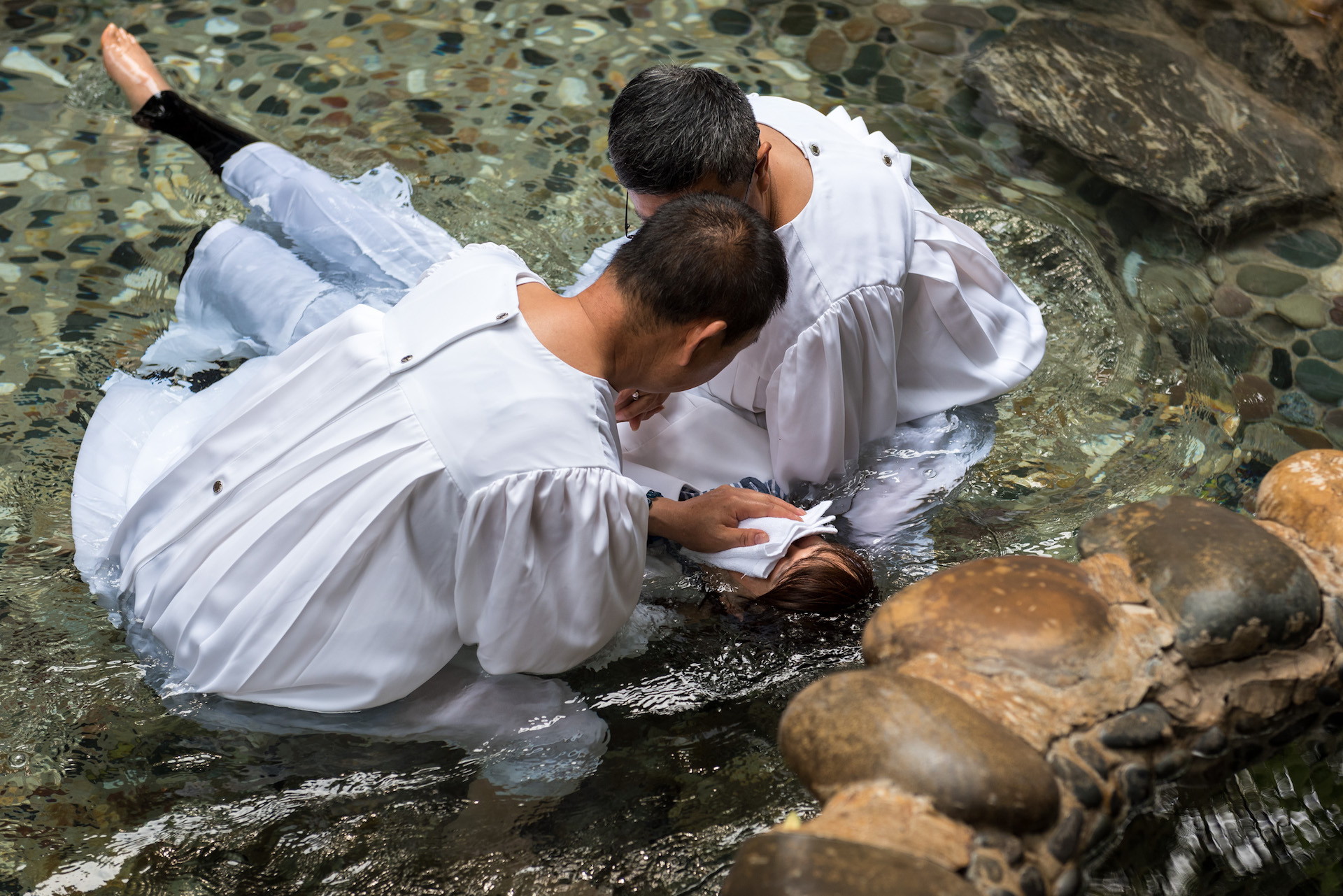
Photo by Luke In.
Despite restrictions on religious freedom in this East Asian country, baptism in many places can be done in public. Most house churches don’t have the means to baptize inside the house, so Christians often gather at lakes, springs, or pool resorts to baptize new believers. The woman above, for instance, is being baptized at a local hot springs resort by members of her house church. The group of observers is usually small so as to not attract widespread attention, but generally, new Christians feel free to invite any close friends and family members, regardless of their beliefs.

Photo by Mike Lazenby.
People in Austria often associate baptism with the Catholic practice of sprinkling babies. Nearly a third of Austrians have been baptized as infants. But when Rodolpho Reynier Roale Martins was led to faith by his wife, Anna, he felt he needed to be baptized as a new follower of Jesus. He was discipled for several weeks before he felt ready. He was baptized at the Kaiserwasser in Vienna, a section of the Danube River that runs next to the United Nations Headquarters.
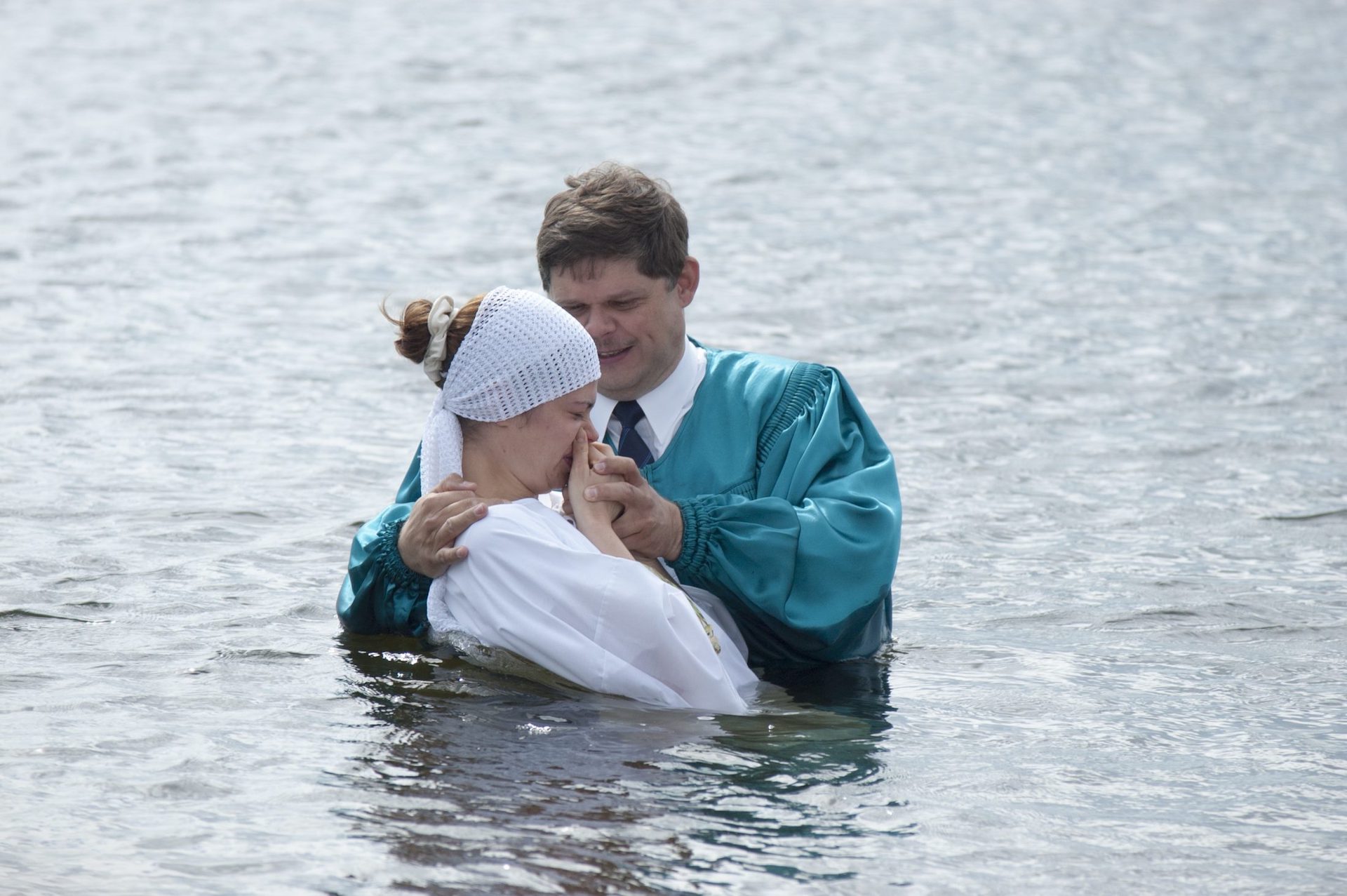
Photo from IMB Library.
Baptisms can be performed in Russia with government approval, but Christians participating in believer’s baptism, specifically Baptists, are still met with suspicion from their fellow citizens. Baptism is viewed as a deviant practice from the traditional Orthodox church, so social stigmas often accompany a person’s decision to have a full immersion baptism.
Above, a leader in a Russian house church baptizes a youth at a lake early on a Sunday morning. Although some churches have pools or permanent baptistries, others choose to baptize in natural bodies of water. Church members begin by playing praise songs and conclude with the Lord’s Supper.
Nearly all of these baptisms were conducted by local church leaders. Praise God for his work in raising up local leaders through whom he can reach their people, and the world. Learn more about how IMB trains and works alongside indigenous peoples for the spread of the gospel, and consider how you might one day be a part of that effort.
Rachel Cohen is a content editor for imb.org. She lives in South Asia with her husband and daughter.

